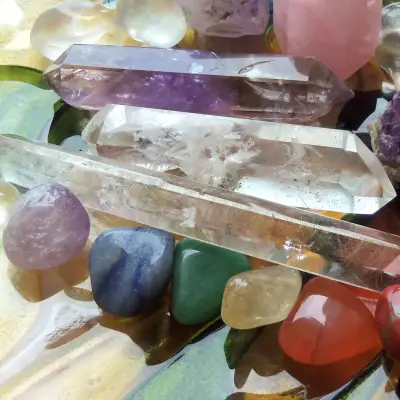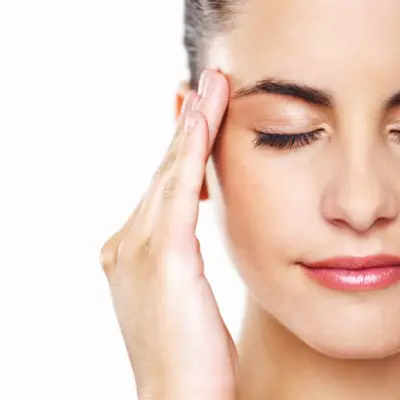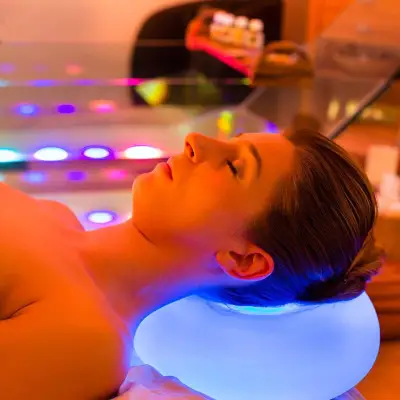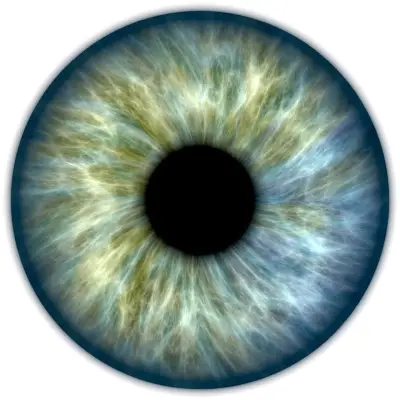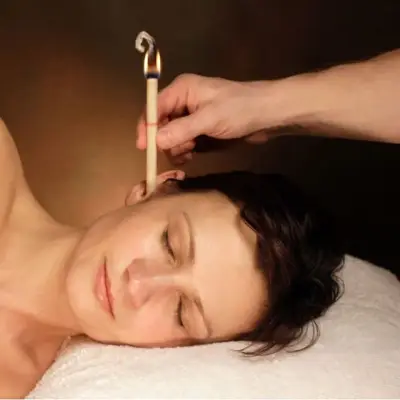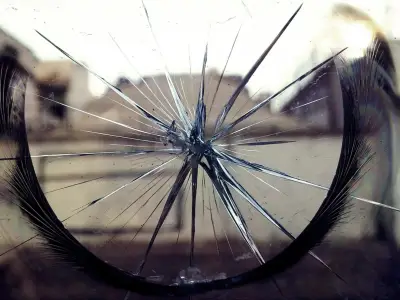Many people are drawn to crystals for their stunning appearance and purported healing properties. However, with the increasing popularity of crystals, it's essential to ensure that what you're getting is genuine. Whatever your crystal's purpose, its real value lies in its genuine connection to the earth and its natural properties.
In this blog post, we'll explore simple and effective methods to distinguish real crystals from imitations. Whether you're a seasoned collector or a curious newcomer, these tips will help you make informed decisions and appreciate the true wonder of genuine crystals.
Jump to:
- What Do Real Crystals Look Like?
- What Are The Most Commonly Faked Crystals?
- How to Test a Crystal at Home
- How to Tell if Clear Quartz and Rose Quartz Are Real
- What do Fake Crystals Look Like?
- What are the Differences Between Glass and Crystal Stones?
- Identifying Crystals in Nature
- Do Real Crystals Melt Ice?
What Do Real Crystals Look Like?
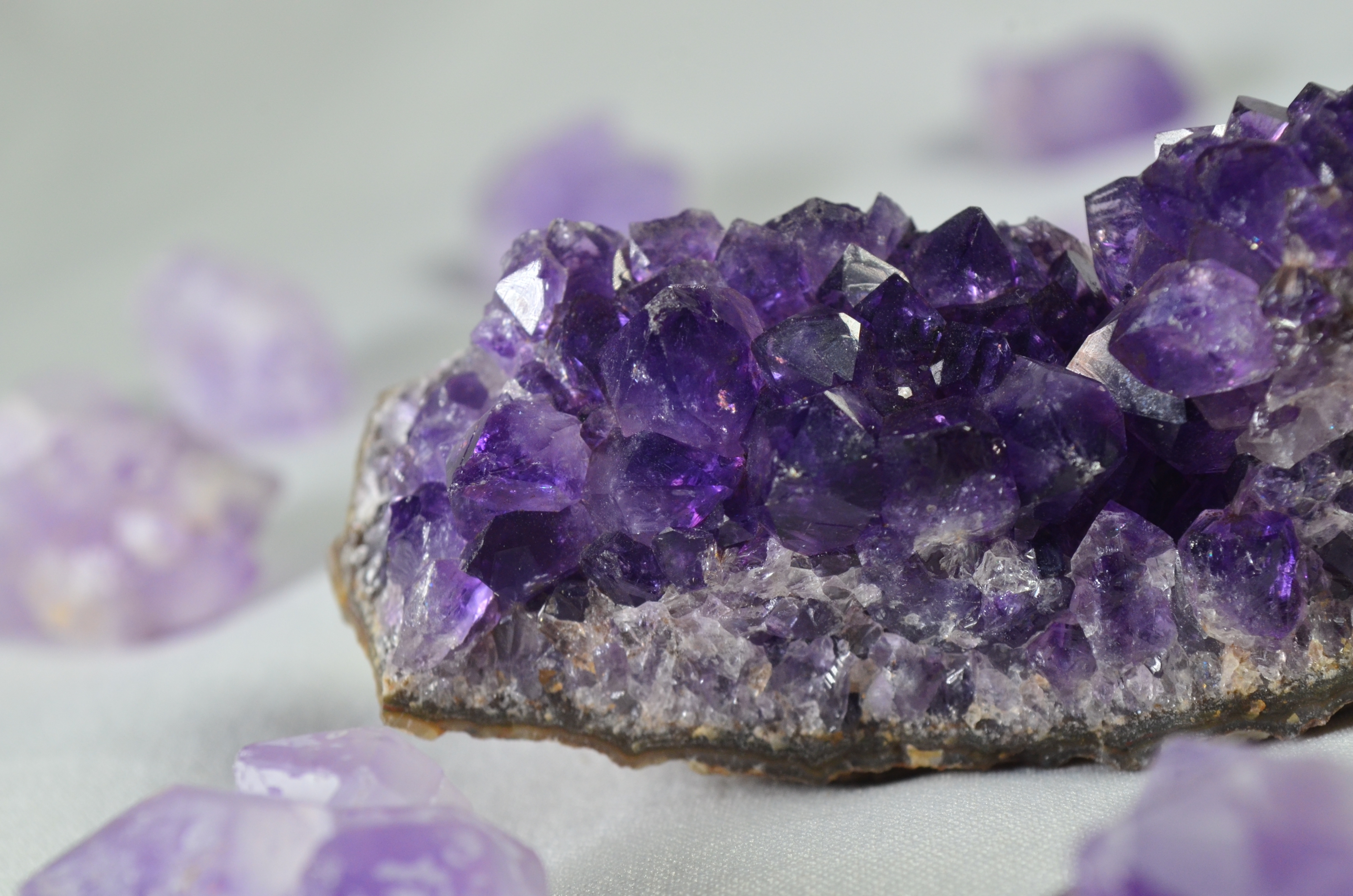
Real crystals have a unique charm. They often exhibit natural imperfections, such as uneven colour distribution or small inclusions. These characteristics add to their beauty and authenticity. Unlike factory-produced imitations, real crystals do not have a uniform or overly perfect appearance. If your crystals contain these features, they're more likely to be real:
- Natural Imperfections: Look for irregularities like uneven colour distribution or small inclusions within the crystal.
- Cool to the Touch: Genuine crystals often feel cool, even in warm conditions.
- Hardness and Durability: Real crystals are typically hard and durable, resistant to scratches by softer materials.
- Irregular Shape and Size: Natural crystals rarely have a perfect shape or size; they tend to have unique, uneven forms.
- Temperature Conductivity: Real crystals, especially varieties like quartz, can conduct heat and cold more effectively than fakes.
- Unique Colour Patterns: Authentic crystals usually display a range of colour intensities and patterns rather than a uniform colour.
- Natural Flaws: Look for flaws like small cracks or fissures that are commonly found in real crystals.
- Resonance: Tap the crystal gently. Real crystals can produce a resonant sound, unlike glass or plastic imitations.
- Heft and Weight: Genuine crystals typically have a certain heft; they feel heavier than they look.
- No Air Bubbles: Unlike glass, real crystals do not have air bubbles.
What Are The Most Commonly Faked Crystals?
Knowing which crystals are commonly faked can help you stay vigilant when making a purchase. Popular crystals like rose quartz, clear quartz, and amethyst are frequently replicated due to their high demand. If you’re not sure if your crystal is real, there are ways you can test it at home.
How to Test a Crystal at Home
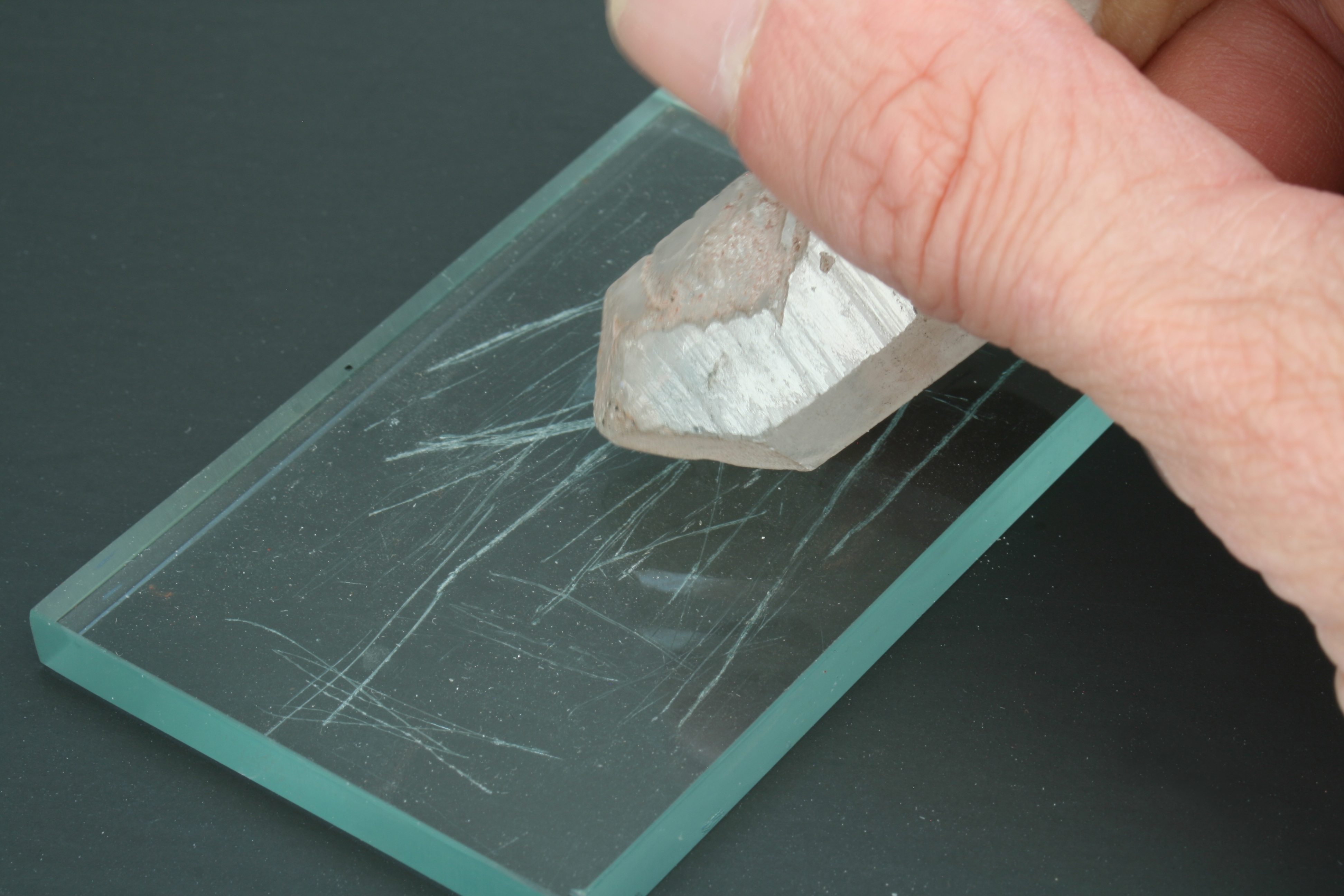
Testing the authenticity of your crystals at home is simpler than you might think. You don't require any specialised tools – just a few household items and a keen eye. Let's explore these easy methods:
1. The Ice Test
This test leverages the heat-conducting properties of real crystals, such as quartz. To conduct this test:
- Place your crystal directly on a piece of ice.
- Observe how quickly the ice starts to melt.
Real crystals, being good conductors of heat, will melt the ice at a noticeably faster rate compared to glass or plastic imitations.
2. The Fire Test
This test is about assessing the crystal's reaction to heat:
- Hold the crystal with a pair of tweezers or a similar tool, and carefully expose it to a flame for a few seconds.
- Observe any changes in the crystal's form or appearance.
Genuine crystals will withstand the heat without melting or altering their shape, while fakes, especially those made from plastic or resin, are likely to melt or deform.
3. The Scratch Test
This test uses the Mohs scale of the mineral hardness principle:
- Use a piece of glass or another known crystal and gently try to scratch the surface of your crystal.
- Observe if the crystal scratches the glass or if it gets scratched itself.
Real crystals, being generally harder, should be able to scratch the glass without sustaining damage.
Be cautious while performing this test to avoid damaging your crystal or the testing material. This test can be especially helpful for identifying harder crystals like quartz.
Each of these tests offers a practical way to investigate the authenticity of your crystals at home. They provide a good starting point for distinguishing real crystals from fakes, enhancing your confidence in your crystal collection.
How to Tell if Clear Quartz and Rose Quartz Are Real
Clear quartz and rose quartz are popular and often faked. For clear quartz, look for irregularities and a cool feeling to the touch. Rose quartz should have a cloudy or milky appearance, and it may have natural imperfections.
What do Fake Crystals Look Like?
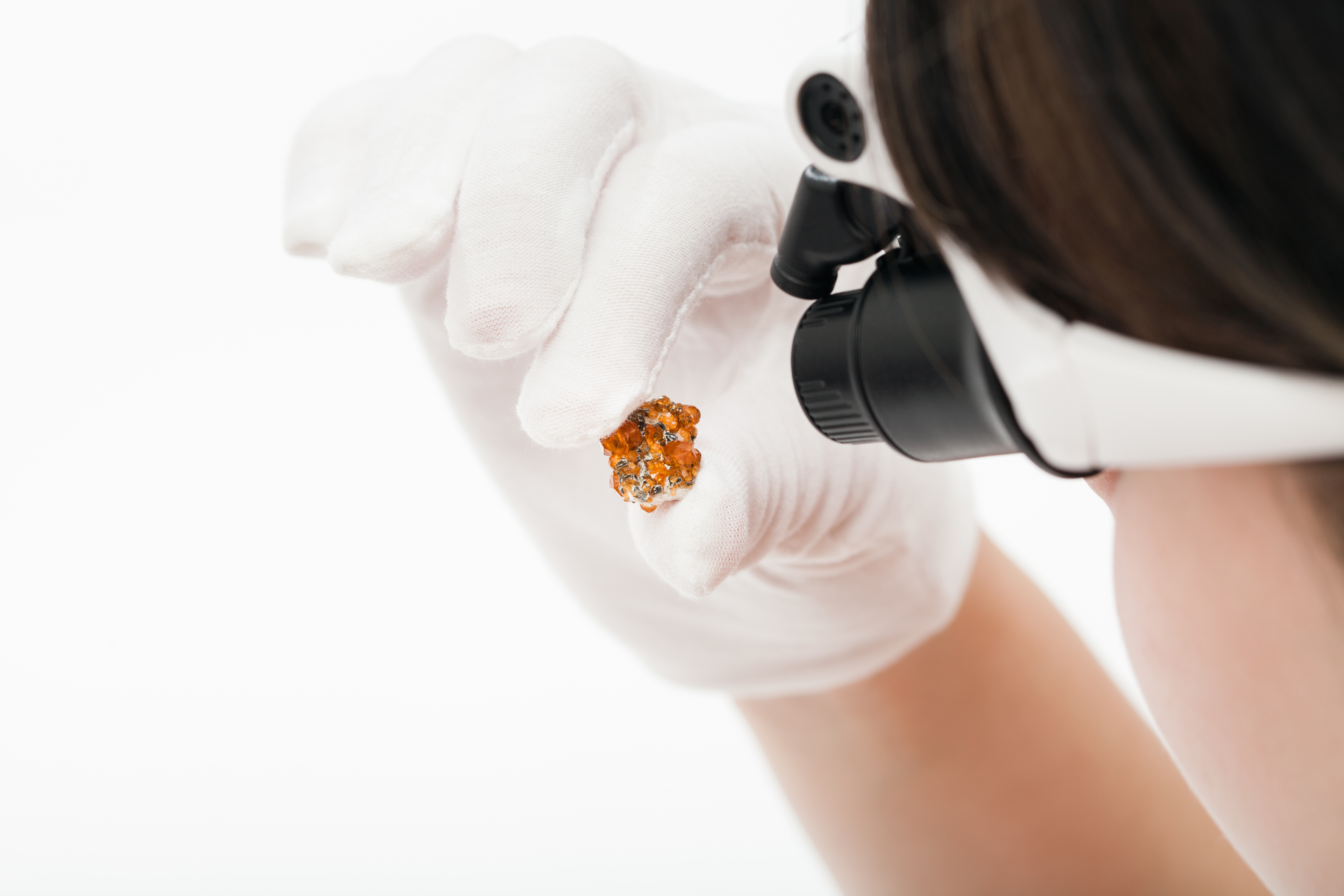
Unfortunately, there are many fake crystals on the market. By understanding these characteristics, you'll be better equipped to distinguish between real and fake crystals, ensuring the authenticity of your collection:
- Uniform Appearance: Fake crystals typically exhibit a uniform, flawless appearance, lacking the natural irregularities of real crystals.
- Excessively Vibrant Colours: Artificially enhanced colours that appear unnaturally bright or consistent can be a sign of a fake crystal.
- Perfectly Symmetrical Shapes: If the crystal has an overly perfect, machine-cut shape with consistent angles and edges, it may be a sign of a fake.
- Lightweight Feel: Fake crystals often feel lighter than their real counterparts due to the use of less dense materials like plastic or glass.
- Presence of Air Bubbles: Unlike real crystals, fakes, especially those made of glass, may contain air bubbles.
- Lack of Temperature Variation: Fake crystals do not typically conduct heat or cold well, so they may not feel cool to the touch.
- No Natural Flaws or Inclusions: The absence of any natural flaws, cracks, or inclusions that are commonly found in genuine crystals.
- Consistent Colour Distribution: The colour in fake crystals is often evenly distributed, lacking the natural colour gradients of real crystals.
- No Resonance Sound: Tapping a fake crystal usually produces a dull sound, unlike the clear resonance of a real crystal.
- Feels Warm in Warm Conditions: Fake crystals, especially those made of plastic, will quickly adapt to the surrounding temperature, feeling warm in your hand.
What are the Differences Between Glass and Crystal Stones?
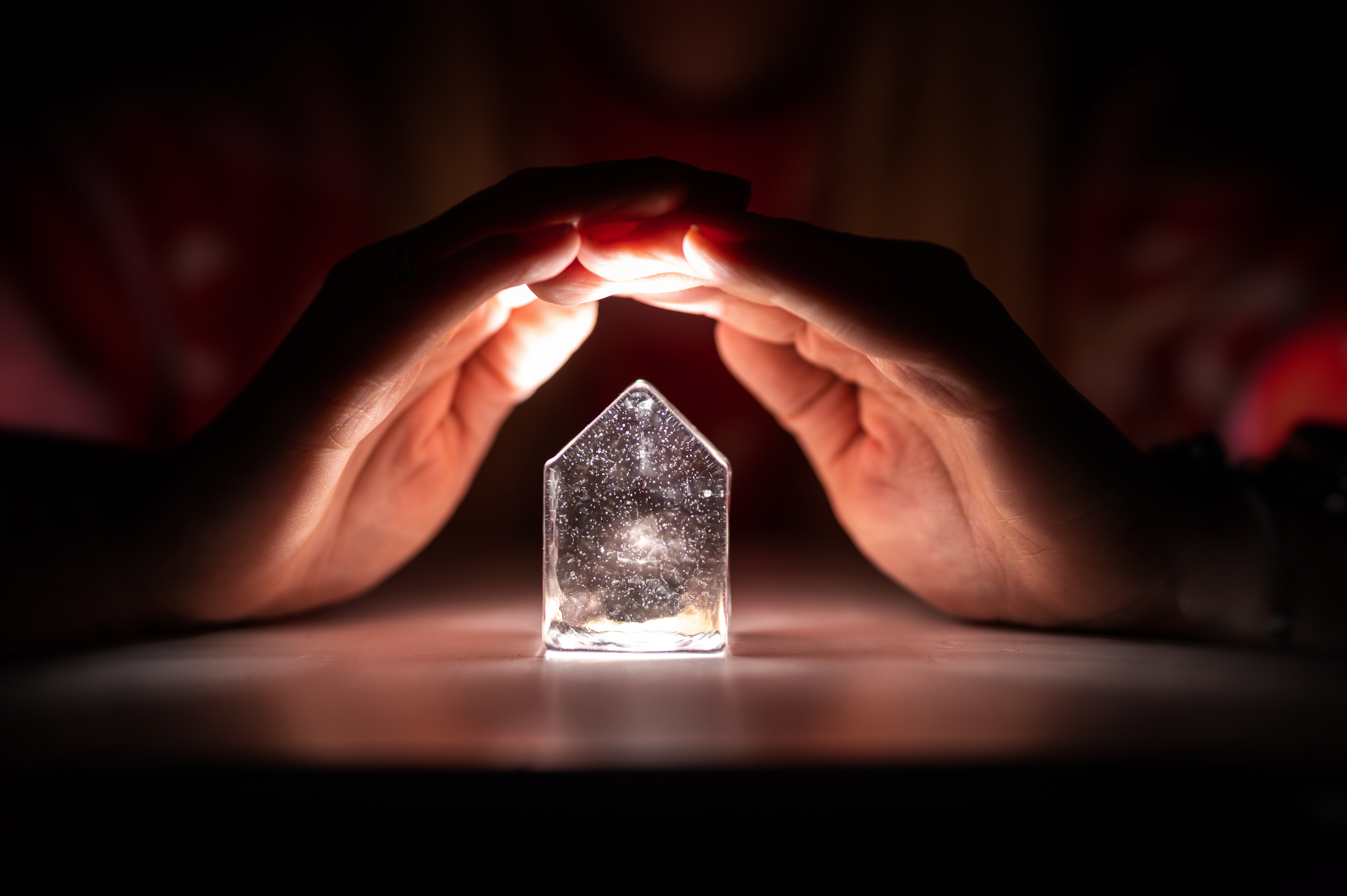
Glass imitations can be tricky to spot. However, glass is usually smoother and more uniform than crystal. Glass also tends to have air bubbles, while crystals do not. Additionally, when tapped, real crystals produce a resonant sound, unlike glass.
Identifying Crystals in Nature
If you come across a potential crystal in nature, observe its form. Real crystals often display a regular, repeating pattern indicative of their crystalline form. The environment they're found in, such as near volcanic areas or within rock formations, can also hint at their authenticity.
Natural crystals typically have irregular shapes and rough textures, and may include a mix of colours or transparency variations, unlike the uniform appearance of synthetic counterparts. Additionally, genuine crystals feel heavier for their size and remain cool to the touch, distinguishing them from artificial imitations. These characteristics, combined, provide a reliable guide to identifying real crystals amidst nature's diverse treasures.
Do Real Crystals Melt Ice?
Real crystals, especially quartz, can melt ice quicker than fake ones. This is due to their ability to conduct heat efficiently.
Recommended for you!
Best SellersDeepen Your Crystal Knowledge with Centre of Excellence
Your interest in crystals reflects a desire to understand and connect with the natural world. To deepen your knowledge and learn more about the fascinating world of crystals, why not explore further with our specialised courses?
Our accredited courses in Crystal Healing, Crystal Magic, and Crystal Reiki are expertly crafted to enhance your knowledge and skills, whether you’re a crystal newbie or a seasoned collector. For a limited time, enrol in any of these courses for just £29 each, allowing you to save over £100!
